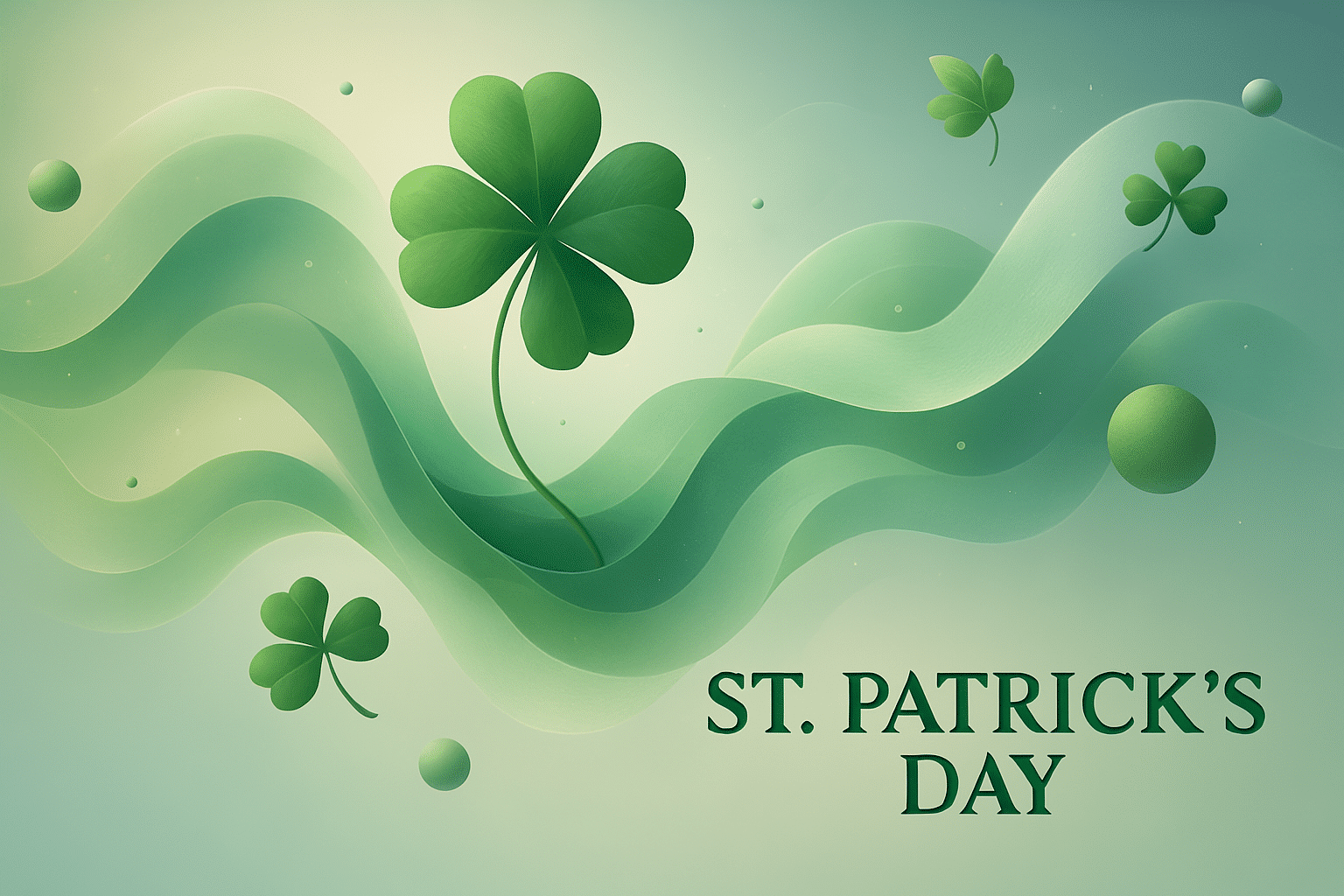What is Saint Patrick’s Day?
Saint Patrick’s Day is celebrated annually on March 17 to honor Saint Patrick, the patron saint of Ireland. This day commemorates his death and the arrival of Christianity in Ireland, marking a significant cultural and religious event. While it is a national holiday in Ireland, Saint Patrick’s Day is also widely observed in many countries around the world, particularly those with large Irish communities, such as the United States, Canada, and Australia.
History and Origin
Saint Patrick, born in the late 4th century, was a Christian missionary credited with bringing Christianity to Ireland. He is traditionally believed to have died on March 17, 461 AD. Over time, this date became a feast day to honor his contributions to Irish society and the spread of Christianity.
Initially a religious observance, Saint Patrick’s Day has transformed into a broader celebration of Irish culture and heritage. It is now a day of festivities that include parades, dancing, and wearing green, reflecting the global recognition of Irish identity. The day is also symbolic of Ireland’s rich history and the resilience of the Irish people.
Who Observes Saint Patrick’s Day?
- Ireland: As the birthplace of Saint Patrick, Ireland observes this day with national pride, featuring parades, festivals, and public holidays.
- Northern Ireland: Sharing cultural ties with the Republic of Ireland, Northern Ireland also celebrates Saint Patrick’s Day with various events.
- Montserrat: This Caribbean island, known as the “Emerald Isle of the Caribbean,” observes Saint Patrick’s Day as a public holiday, reflecting its Irish heritage.
- Newfoundland and Labrador, Canada: This Canadian province celebrates Saint Patrick’s Day, acknowledging the Irish influence in its history.
- United States: Cities with significant Irish-American populations, such as New York City, Boston, and Chicago, host large parades and festivities.
- Australia: In cities like Sydney and Melbourne, Saint Patrick’s Day is celebrated with parades and cultural events.
Themes and Slogans
Saint Patrick’s Day is often associated with themes of Irish heritage, unity, and celebration. The day brings together people of Irish descent and those who admire Irish culture, regardless of their background. Common slogans for this day include “Erin go Bragh” (Ireland Forever), “Kiss Me, I’m Irish,” and “Everyone’s Irish on Saint Patrick’s Day.” These slogans reflect the festive spirit of the day and the global appreciation of Irish culture.
The celebration also highlights the importance of unity and the rich cultural traditions of Ireland, including its music, dance, and cuisine. Whether celebrating with family, friends, or strangers, Saint Patrick’s Day is about honoring the Irish spirit.
Colors, Symbols, and Patterns
Colors
- Green: Symbolizes Ireland’s lush landscapes and is associated with luck and prosperity.
- Orange: Represents the Protestant community in Ireland.
- White: Signifies peace between the two communities.
Symbols
- Shamrock: Traditionally used by Saint Patrick to explain the Holy Trinity, the shamrock has become a symbol of Ireland.
- Harps: The harp is a national emblem of Ireland, representing its rich musical heritage.
- Leprechauns: These mythical Irish creatures are often associated with folklore and the search for hidden treasure.
Patterns
- Celtic Knots: Intricate designs symbolizing eternity and the interconnectedness of life.
- Plaid: Traditional tartan patterns representing different Irish clans.
- Spirals: Often used in Irish art to represent the cycles of life and the passage of time, spirals are a common motif in the celebration of Saint Patrick’s Day.
How to Observe Saint Patrick’s Day
- Participate in Parades: Join local parades to celebrate Irish culture and heritage.
- Wear Green: Donning green attire is a common tradition, symbolizing Ireland and good luck.
- Enjoy Irish Cuisine: Dishes like corned beef and cabbage are traditional foods associated with the day.
- Attend Cultural Events: Engage in music, dance, and art exhibitions that showcase Irish traditions.
- Learn About Irish History: Educate yourself about Ireland’s history and Saint Patrick’s contributions.
Most Used Hashtags
- #StPatricksDay
- #ErinGoBragh
- #IrishPride
- #LuckOfTheIrish
- #Shamrock
Why is Saint Patrick’s Day Important?
Saint Patrick’s Day serves as a celebration of Irish culture and heritage, fostering a sense of community among people of Irish descent and those who appreciate Irish traditions. It promotes cultural exchange and understanding, bringing together individuals from diverse backgrounds to honor a shared history. The day also serves as an opportunity to reflect on the positive contributions of Irish people to global culture. It is a day that celebrates not just a historical figure, but the rich traditions and culture of an entire nation.
Features
Contact Info
March 17: Saint Patrick’s Day (Ireland)
Why do you keep falling for the same type?
Read the article Lovemaps: the hidden blueprint of our love.

